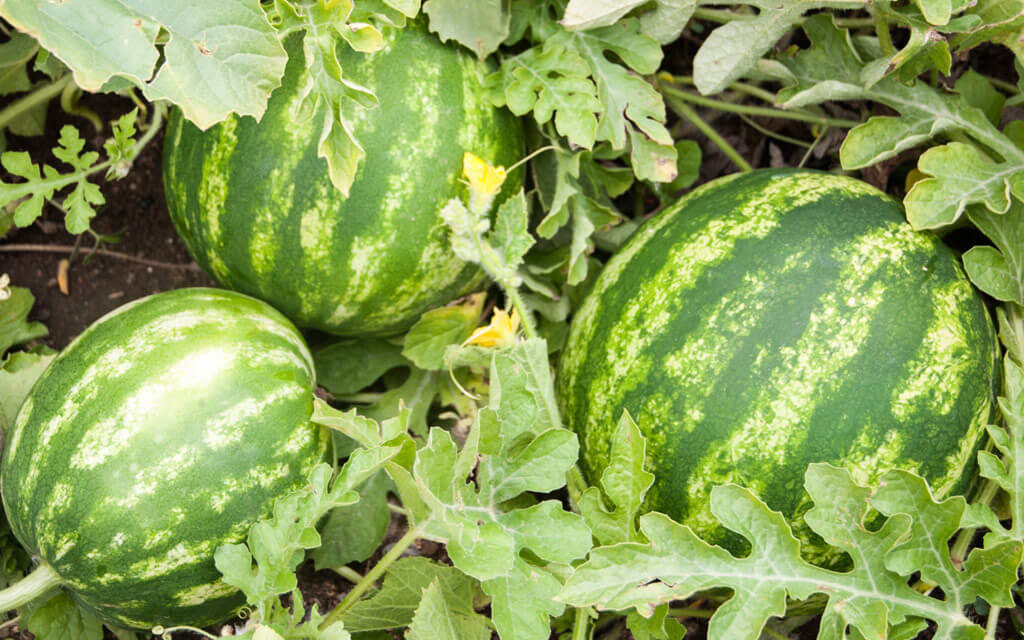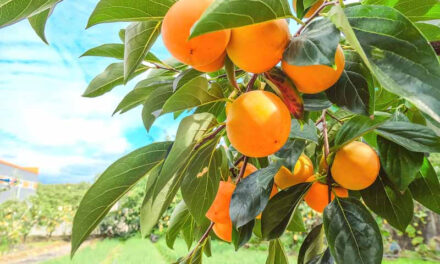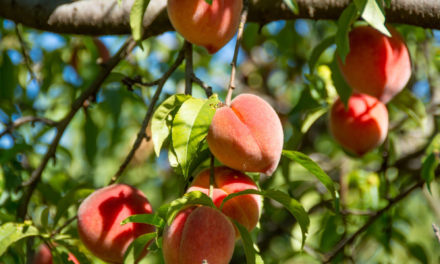Watermelon is a popular summer fruit that is enjoyed by many. While watermelon is not native to Texas, it can be grown here with some care. Here are some tips on how to grow watermelon in Texas. To grow watermelon in Texas, you will need a sunny spot in your garden. The soil should be fertile and well-drained. You can plant watermelon seeds directly in the soil or start them in pots first. If you start them in pots, be sure to transplant them into the garden when they are big enough. Watermelon plants need plenty of water, so make sure to give them a good watering at least once a week. Fertilize the plants with a balanced fertilizer every month. Harvest the watermelons when they are ripe by checking for a sweet smell and yellow rind.
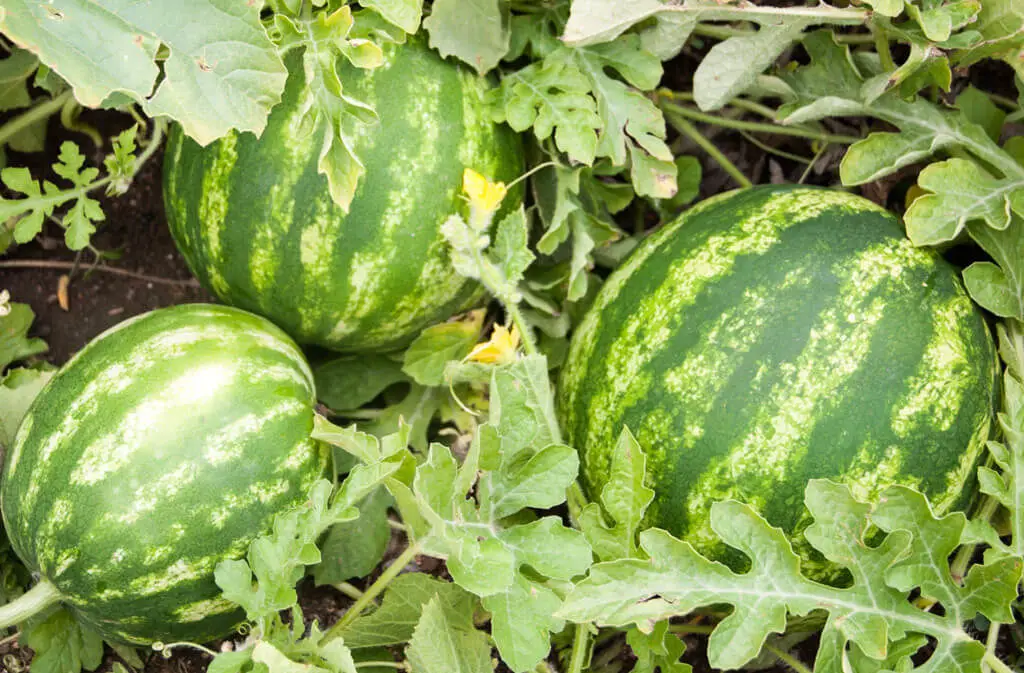
How to Grow Watermelon in Texas – a Step by Step Gardening Guide
- The first step is to purchase quality seedless watermelon seeds from a reputable source. These seeds should be started indoors in late winter or early spring.
- Plant the seeds in peat pots filled with moistened potting mix.
- Place the pots in a warm, sunny location and keep the soil moist but not wet. The seedlings will emerge in 7-10 days.
- Once the seedlings have two true leaves, they can be transplanted into the garden. Choose a sunny spot with well-drained soil.
- Amend the soil with compost or other organic matter to help retain moisture. Watermelons need a lot of space to grow, so plant them at least 6 feet apart.
- Watermelons are heavy feeders and will need regular fertilization. Apply a balanced fertilizer every two weeks during the growing season. Be sure to keep the foliage dry to prevent disease problems.
- Mulch around the plants to help retain moisture and control weeds. Watermelons require a lot of water, so be sure to keep them evenly moist throughout the growing season.
- They are ready to harvest when the rind turns from green to pale yellow and a dull thump is heard when tapped. Cut the watermelon from the vine with a sharp knife and enjoy!
Watermelon Pests & Diseases
Watermelons are susceptible to a number of pests and diseases. The most common problems include cucumber beetles, aphids, downy mildew, and powdery mildew. Be sure to check your plants regularly and take action immediately if you see any signs of these problems. Cucumber beetles are small, yellowish-green insects that can strip a watermelon plant of its leaves in a matter of days. They also transmit a disease called cucurbit yellow vine disease, which can cause the plant to wilt and die. To control cucumber beetles, use floating row covers or insecticide sprays.
Aphids are small, pear-shaped insects that suck the sap from plants. They can cause stunted growth and distorted leaves. Aphids also produce a sticky substance called honeydew, which can promote the growth of sooty mold on the plant. To control aphids, use insecticidal soap or horticultural oil sprays.
Downy mildew is a fungal disease that affects the leaves of watermelon plants. Symptoms include yellowing of the leaves, followed by brown or black spots. The leaves may eventually die and fall off the plant. To control downy mildew, water early in the day so the foliage can dry before nightfall. Apply a fungicide according to label directions if the problem persists.
Powdery mildew is another fungal disease that can affect watermelon plants. It appears as a white, powdery growth on the leaves and stems. Powdery mildew can cause the leaves to turn yellow and eventually die. To control powdery mildew, water in the morning so the foliage can dry before nightfall. Apply a fungicide according to label directions if the problem persists.
How Long Does it Take to Grow a Watermelon in Texas?
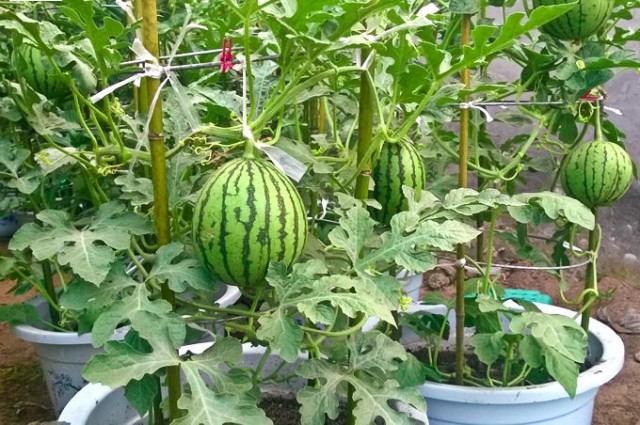
Watermelons need a long, warm growing season to mature. In Texas, watermelons are typically planted in late spring or early summer. They will take about 70-80 days to reach maturity.
What Are the Best Conditions for Growing Watermelons in Texas?
Watermelons need full sun and well-drained soil to grow well. The soil should be amended with compost or other organic matter to help retain moisture. Watermelons also need a lot of space to grow, so plant them at least 6 feet apart.
Is Mulching Necessary for Growing Watermelons in Texas?
Mulch around the plants to help retain moisture and control weeds. Watermelons require a lot of water, so be sure to keep them evenly moist throughout the growing season.

